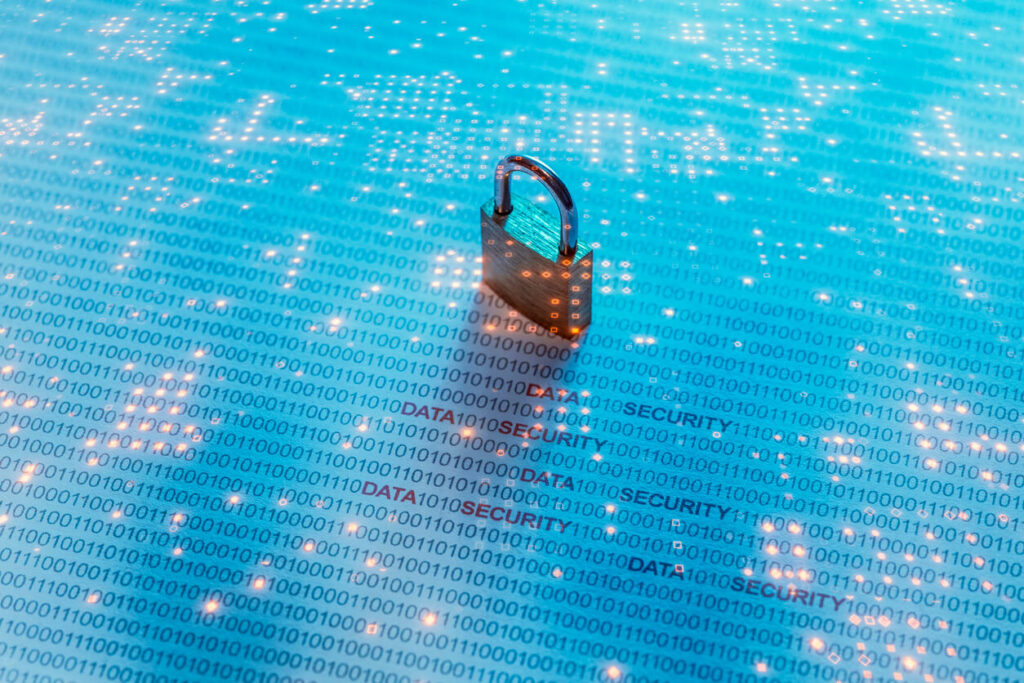Remember how we all used to hear about the “digital transformation” and how your business needs to plan for it and make the jump in order to remain competitive? In hindsight, the pandemic made every business take some or all of the transformational steps needed – according to Deloitte, just over half of organizations have restructured their organization since the beginning of the pandemic, with nearly two-thirds (63%) focusing on digital transformation. And, as you’re very aware, part of this transformation involved the supporting of a remote or hybrid workforce – which includes a remote access strategy.
But part of the challenge with the last two years is that much of your work of ensuring users can remotely access organizational resources was likely done ad hoc, piecing together solutions as the business shifted to the cloud, made acquisitions, opened new offices, and responded to the specific operational needs of your remote workforce.
The result is a disparate set of remote access methods and solutions across the entirety of the organization, that creates significant business risk. That risk can only truly be addressed by unifying your remote access. This includes a convoluted mix of corporate and personal devices, VPNs, remote desktop software, desktop virtualization, and internally and externally based remote sessions. Add to this the fact that organizations may have subsidiaries – each with their own version of the aforementioned “mix”, along with their own policies, business requirements, and cybersecurity needs. In the end, your organization as a whole is prone to remote access risk from a number of directions, at varying levels, while lacking visibility into every remote access interaction and complete control over the use of remote access.
The answer to this problem is to unify your organization’s remote access strategy and execution, standardizing on a single remote access solution to address three key organizational risks.
1. Increased Cybersecurity Risk
Because most remote access implementations were done with getting the business operational in mind first, you’ve likely inherited the current day iteration of that setup and are working now towards ensuring that it not only meets the business’ productivity needs but also its cybersecurity requirements.
Your organization’s method of remote access may be increasing cyber risk for the organization. If you’re simply using, say, RDP, or some other remote access solution exposed to the Internet, without some additional security controls like MFA, you’re definitely increasing cyber risk. While your remote access is used to aid both external and internal users to legitimately access internal endpoints and systems, remote access compromise has been tied with phishing as the primary attack vector in ransomware attacks for the last two years, with each of them fluctuating between the top spot over that same timeframe.
In addition, having a remote workforce isn’t helping your cybersecurity risk either. Just above three-quarters (77%) of IT leaders have seen an increase in security compromises since going remote 2 years ago, citing a continued significant risk to the organization. When remote work is a factor in a data breach, the average cost of the breach increases in conjunction with the percent of the workforce working remotely – by as much as 20% higher than data breaches where remote work isn’t a factor.
Part of the equation is likely the use of a personal device (read: a device with less cyber protection that the organization mandates for corporate devices) connecting to the corporate network or its resources on the web via a VPN or, even worse, directly connecting to a remote connection.
The other part of the equation is the wide range of solutions and tools used to meet the varying remote access needs – each with its own sets of security features that may or may not be in use, as well as the absence of a single configuration that ensures the correct level of implemented security to protect the organization from attack and/or misuse.
Reducing the Risk with Unified Remote Access
A single remote access solution addresses so many cybersecurity risks, providing it has the right features to address the various requirements for each location, business unit, subsidiary, etc. within the organization. Some of these features would include:
- Centralized configuration to establish secure remote access organization-wide that is sanctioned by the corporate security team
- Flexible role-based access to establish which accounts can access which hosts
- Support for multi-factor authentication to stop threat actors with compromised credentials
- Direct- and cloud-proxied connections (for internally- and externally-based connections, respectively) to minimize the possibility of any kind of man-in-the-middle attacks
- Usage logging, as well as session recording to establish visibility into which accounts have utilized remote access and what actions were taken
By leveraging a unified remote access solution, the organization reduces the cybersecurity risk introduced by the mixture of your no-longer-managed-or-monitored remote access solutions.
2. Lowered Productivity
The use of remote access solutions can also impact the employee’s productivity. With only 39% of remote workers feeling that their productivity has improved over the last year, along with 36% of managers remaining concerned about remote worker productivity, providing employees with seamless access to a digital working environment is critical to their success. Whether it’s locally installed applications, SaaS applications in the cloud, or remotely accessible internal applications and data, employees need a working environment that is functional as much as it is responsive.
With many organizations having their remote workers utilize a VPN, followed by the use of a remote desktop, the performance of the desktop experience is drastically slower due to the VPN. That’s not to say we’re for eliminating a VPN and having a direct RDP connection – while better for performance, it’s not recommended from a cybersecurity perspective. The result, of course, is lowered productivity and a frustrated employee. At the end of the day, the employee needs a simple way to remotely access organizational resources in a way that looks and feels like it’s local to their endpoint.
But there’s another productivity issue at hand: IT productivity. With so many solutions potentially in play, it’s an implementation/configuration/support nightmare. No support desk wants to be responsible for supporting anything more than one solution – of any kind, let alone remote access.
Reducing the Risk with Unified Remote Access
The right remote access solution will ensure the employee is productive, regardless of where they are. Take the example of two users needing to remotely access an internal system – one works in the office and the other is remote. The right remote access solution has the ability to provide the remote worker with web-based access to the internal system’s desktop over an optimized connection, while simultaneously enabling the internal user to directly connect to the same system without the need for traversing the web. In both scenarios, the user’s productivity is addressed.
But the remote access solution employed needs to make IT happy from a configuration, delegation, and security standpoint. Utilizing a unified remote access solution empowers IT to provide users with exactly the remote access experience needed while simplifying the deployment, ongoing management, and support of the solution.
3. Increased Total Cost of Ownership
It’s evident that if the organization has a disparate set of remote access solutions and methods in place, there are both tangible and intangible costs that can add up, including:
- Licensing
- User Training
- IT Training
- Deployment
- Support
- Maintenance
- Potential Cyberattack Costs (had to add this in for good measure)
With all these cost factors, it just makes sense that if you have multiple solutions in place, there will be a higher TCO.
Reducing the Risk with Unified Remote Access
The single solution approach reduces the TCO of providing remote access overall; from leveraging enterprise licensing over one-off purchases, to installing a single solution designed to be mass-deployed organization-wide, to only having to support a single solution, to know the entire organization’s remote access is secure from cyberattack, to keeping a single solution updated, it’s clear that a unified remote access solution would lower your TCO.
Eliminating the Risk
Can a unified remote access solution truly “eliminate” the risks mentioned in this article? It’s fair to say that the right solution will minimize those risks enough to be as close to “eliminate” as a solution can get. Goals like remaining secure, staying productive, and keeping costs low are organizational goals that are addressed with best effort. A unified remote access solution represents a far better potential for addressing organizational risk than a disparate set of no-longer managed and unaudited remote access solutions currently in play.
By utilizing a unified remote access solution, your organization will be in a better position to establish and meet organizational cybersecurity requirements, elevate the productivity of users regardless of their needed remote access scenario, and lower the cost of providing remote access to a workforce that doesn’t appear to be coming back to the office anytime soon.













